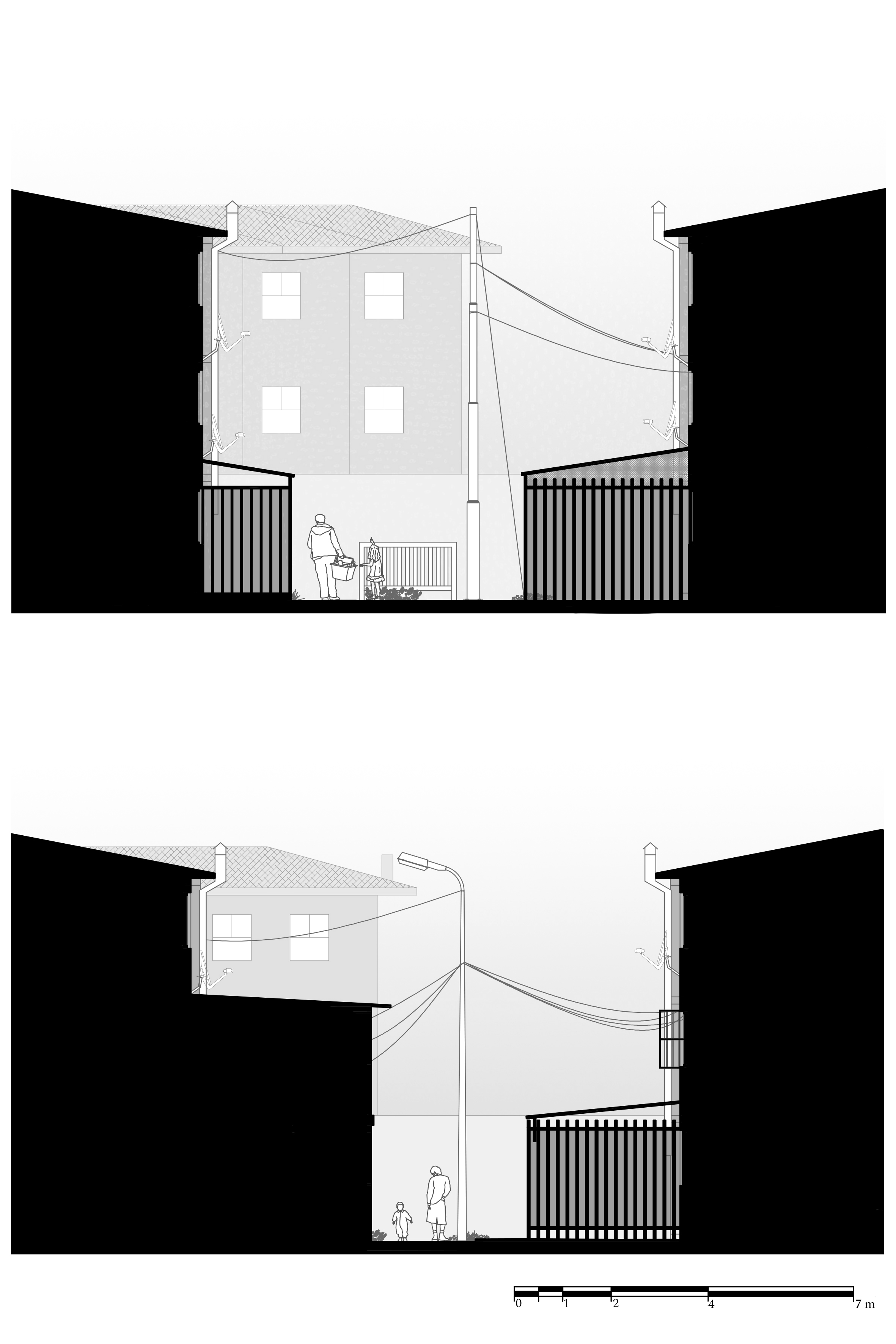Playing outside. Reclaiming public spaces for recreation and childcare in Bajos de Mena.
Main Article Content
Abstract
According to Article 31 of the Convention on the Rights of the Child, boys and girls have the right to play, leisure, and participation in cultural, artistic, and recreational life. For urban children, these rights are understood within the city. However, it is increasingly difficult for children to make use of their urban environment, hindering the exercise of their rights. This situation is worse in high-risk neighborhoods, where precariousness and insecurity prevent children from enjoying outdoor spaces.
The article explores strategies for establishing secure public spaces that uphold children's rights to recreation and urban participation, particularly in high-risk neighborhoods. This question is approached through a theoretical framework encompassing play, children's rights concerning urban environments, and safety within public spaces. The framework is applied to a case study of the Bajos de Mena neighborhood, situated within the Puente Alto commune, renowned as Chile's largest ghetto due to prevalent insecurity and precarious conditions. This analysis is conducted on a scalable basis, focusing on the specific needs of children, play, and safety, to identify strategies to cultivate safer public recreational areas.
Article Details

This work is licensed under a Creative Commons Attribution-NonCommercial-NoDerivatives 4.0 International License.

